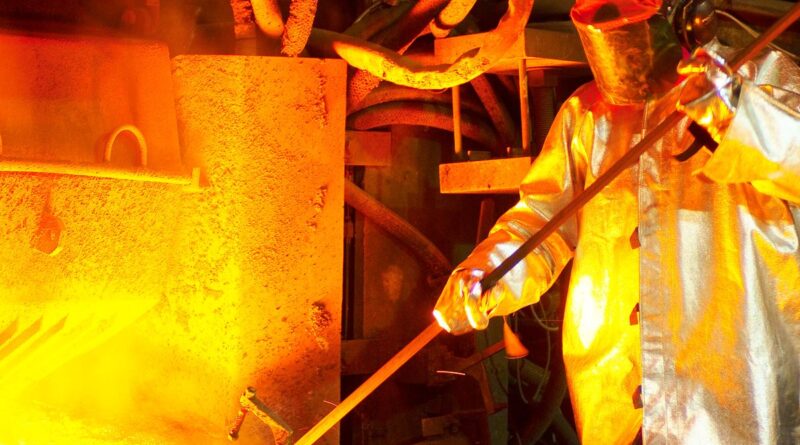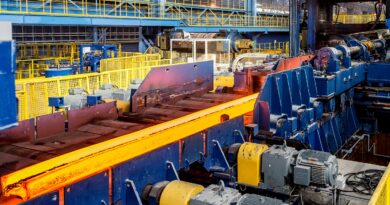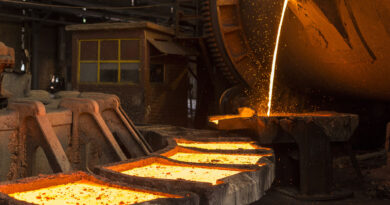Roskill’s outlook for ferroalloys to 2030
Consumption of alloying metals in steel production, grew by an average 3.7%py between 2011 and 2019, to reach a record demand of over 32Mt of contained alloy metal (Cr, Mn, Mo, Ni, Nb, Si, V). Much of the growth in demand over the last decade occurred in the second half, with alloy consumption growing on average 6.4%py between 2015 and 2019.
Manganese is by far the largest alloy consumed in steel making, accounting for around 50% of consumption, followed by chromium (23%) and silicon (19%), together accounting for over 93% of alloying metal demand in steel.
Nickel accounted for around 5.1% of metal consumption in steel, while noble alloys molybdenum, niobium and vanadium together make up the balance of just over 1% of total alloy consumption in steel.
Unsurprisingly, COVID-19 has been the main impactor on the steel industry in 2020, varying regionally depending on the spread of the pandemic and governments’ responses to curb the outbreak.
The lockdown imposed in China in the first months of 2020 and subsequently in Europe and North America caused a massive drop in demand across all sectors. As such, steel production fell accordingly.
Although the COVID-19-induced crisis is very different from the 2009 global financial crisis (GFC), a major similarity is the de-synchronisation between China and the rest of world, with proactive measures taken by the Chinese government to stimulate the economy and engineer an acceleration in recovery through infrastructure spending and credit easing.
Given the high exposure to steel markets, both bulk and noble alloys have been affected by the COVID-19 pandemic and its impact on steel consumption and production. However, the alloys have benefitted from their exposure to China, which accounts for over half of global crude and stainless steel production and has helped mitigate the drop in annual demand.
Despite lockdowns and interruptions to supply chains, over the course of 2020, prices of steel alloys fluctuated largely within 10% of the monthly December 2019 price, except for nickel which dropped both above and below that range over the course of the year.
Price rises for all alloys picked up pace in December and into January 2021 with ferrosilicon leading the pack, while ferroniobium was the only alloy to remain below its December 2019 price at the close of the year.
Regionally, the alloy prices in China remained relatively flat compared to the western markets, which experienced significantly elevated prices over Q2 2020, as the COVID-19 outbreak caused lockdowns and suspensions in these regions.
Looking forward, a synchronised accelerated recovery in 2021, translating into a sharp rebound in steel production globally, would benefit both bulk and noble alloys.
However, an expected slow-down in the pace of recovery in China over the Chinese Spring Festival, amidst renewed COVID-19 lockdowns, will dampen the recovery trend seen for demand, although some upside could materialise in Europe and USA as steel furnace capacity is switched back on and vaccine programs are rolled out.
Roskill’s new Steel Alloys 1st Edition report provides you with the latest market analysis and forecasts for the key bulk, base and noble alloys consumed by the steel industry in one place. This first of its kind report combines and provides cross-cutting analysis for chromium, manganese, molybdenum, nickel, niobium, silicon, and vanadium alloys used in the steel industry.




